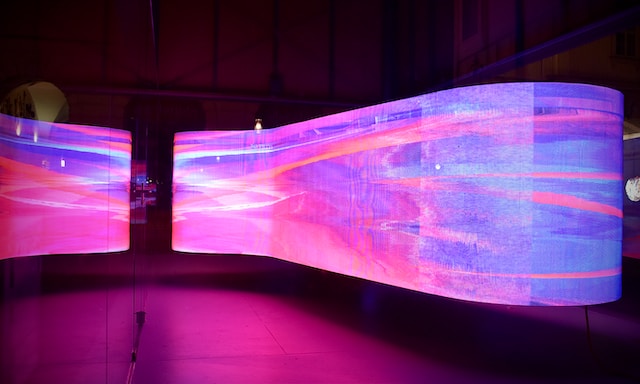Researchers at the Pritzker School of Molecular Engineering (PME) from the University of Chicago, created a revolutionizing stretchable Organic Light-Emitting Diode (OLED) display, that is able to bend or stretch more than twice its original length. The application possibility of such displays is huge – from foldable screens on devices to health sensors, and wearable electronics. The description of the material is published as a research paper in Nature Materials.
As said by Sihong Wang, molecular engineering assistant professor, who conducted this research together with Professor Juan de Pablo, “One of the most important components of nearly every consumer electronic we use today is a display, and we’ve combined knowledge from many different fields to create an entirely new display technology,”.
Although OLED displays are currently widely used especially in high-end electronics, such as smartphones and televisions, and are capable of delivering sharp pictures and providing higher energy efficiency, in comparison to LED or LCD displays, they do not have any stretchability. As commented by Wang, “The materials currently used in these state-of-the-art OLED displays are very brittle; they don’t have any stretchability,”, adding that “Our goal was to create something that maintained the electroluminescence of OLED but with stretchable polymers.”
On the other hand, de Pablo mentioned that “This is the class of material you need to finally be able to develop truly flexible screens,”, adding that “This work is really foundational, and I expect it to allow many technologies that we haven’t even thought of yet.”
The plans for the future include adding more colors to the fluorescence, as well as a further increase of energy efficiency and performance of the display technology, which would result in achieving the same performances as existing commercial technologies.
Professor de Pablo also explained that, “We have been able to develop atomic models of the new polymers of interest and, with these models, we simulated what happens to these molecules when you pull on them and try to bend them,”, adding that “Now that we understand these properties at a molecular level, we have a framework to engineer new materials where flexibility and luminescence are optimized.”
Article Source: The Engineer
Photo by Arno Senoner on Unsplash






